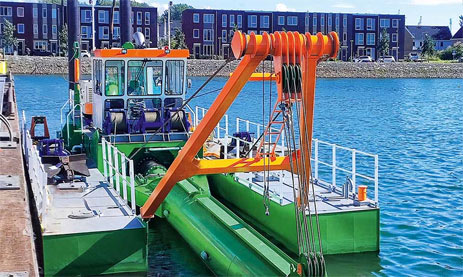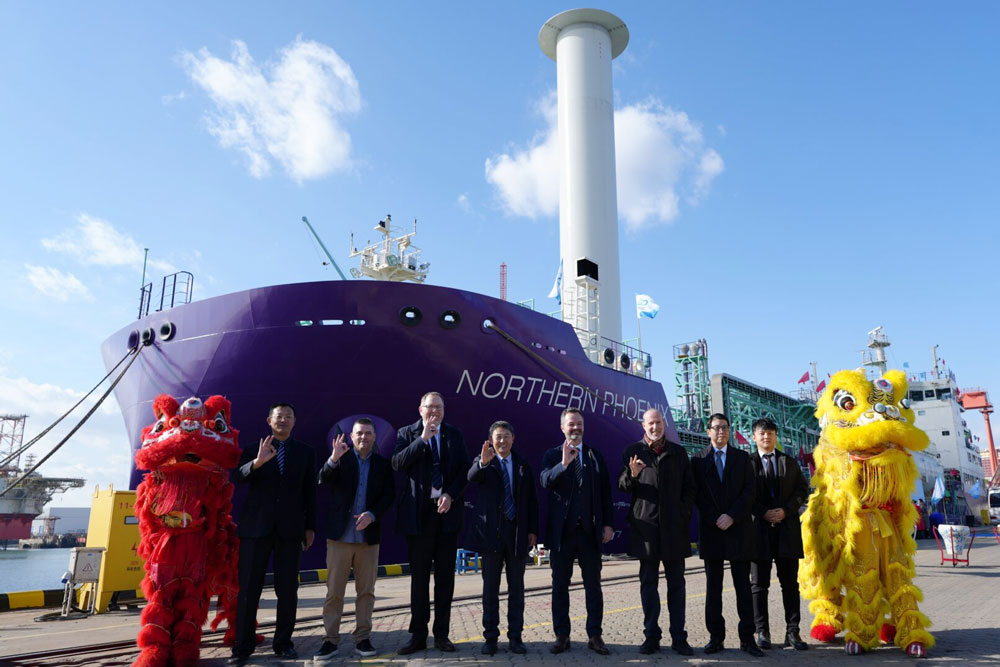An OECD report shows the central importance of the ocean in terms of value creation and employment.
The ocean covers 71% of the Earth’s surface, comprises 90% of the biosphere, provides food for over three billion people, enables the transportation of over 80% of the world’s goods and is home to submarine cables that carry 98% of international internet traffic. New OECD statistics and analysis from the report “The Ocean Economy to 2050” underline the crucial role the ocean plays in the economies and livelihoods of hundreds of millions of people.
If considered as a country, the maritime economy would be the fifth largest economy in the world in 2019. From 1995 to 2020, it contributed 3 % to 4 % of global gross value added and employed up to 133 million full-time equivalents (FTEs).
The global maritime economy has doubled in real terms in 25 years, from 1.3 trillion USD gross value added in 1995 to USD 2.6 trillion in 2020, with an average annual growth rate of 2.8 %. Employment levels remained relatively constant, reaching a peak of 151 million full-time equivalents (FTEs) in 2006, which fell to 101 million in 2020 due to COVID-19, but has since recovered.
Asia and the Pacific dominate growth
Countries in Asia and the Pacific accounted for more than 75% of global growth in the marine economy between 1995 and 2020. East Asia alone accounted for 56% of global growth in the maritime economy, while Europe and North America recorded slower growth. The People’s Republic of China, the United States, Japan, Norway and the United Kingdom had the largest maritime economies in absolute terms on average over the period. However, countries such as Norway had the highest share of the maritime economy in the overall economy, highlighting the regional differences in dependence on the maritime economy.
Tourism and offshore oil and gas extraction generated around two thirds of the total gross value added. However, the distribution of the workforce was very different. Marine and coastal tourism was the largest employer, while offshore oil and gas production generated a high economic output but only a relatively small number of jobs. Production in shipbuilding and offshore wind energy also grew rapidly, albeit from a lower base.
Major disruptions will change the maritime economy
If historical trends continue, the global maritime economy could be almost four times the size it was in 1995 by 2050, but various forces could slow or even reverse growth by 2050 if no policy action is taken.
Global shaping forces will affect the health of the oceans and the maritime economy. Factors such as population growth, climate change and other environmental pressures, trade and globalization, energy transition, technological progress and geopolitical dynamics – along with their interactions – will influence the health of the oceans and the future growth trajectory of the maritime economy. Qualitative and quantitative projections highlight climate change, the energy transition and advances in science, technology and innovation as key drivers.
Declining productivity trends and digitalization gaps will also influence the future potential of the maritime economy. While some maritime activities outperformed average industry growth between 1995 and 2020, multifactor productivity declined in more than half of the maritime activity groups analyzed. The contribution of capital services to ocean economy growth was heavily skewed towards non-information and communication technology goods, suggesting that ocean-related industries are not making the most of strong productivity drivers to prepare for an increasingly automated future.
Different scenarios
Different pathways for a global energy transition will affect the growth of the ocean economy in different ways. An accelerated transition to low-carbon energy would see the maritime economy grow to 2.5 times its 1995 size by 2050. The composition of the maritime economy would change, with marine and coastal tourism continuing to dominate and the share of offshore oil and gas in the total gross value added of the maritime economy declining. A scenario in which the transition stalls could lead to a decline in overall maritime economic activity compared to 2020 levels, mainly due to a combination of a lack of investment in productivity and increasing negative impacts of climate change on many sectors of the maritime economy.
Four strategic priorities can help create a productive and environmentally sustainable maritime economy. By strengthening maritime policy, promoting technological innovation, improving marine data collection and integrating developing countries into global value chains, policymakers can lay the foundations for a future maritime economy that is both economically dynamic and environmentally sustainable.














